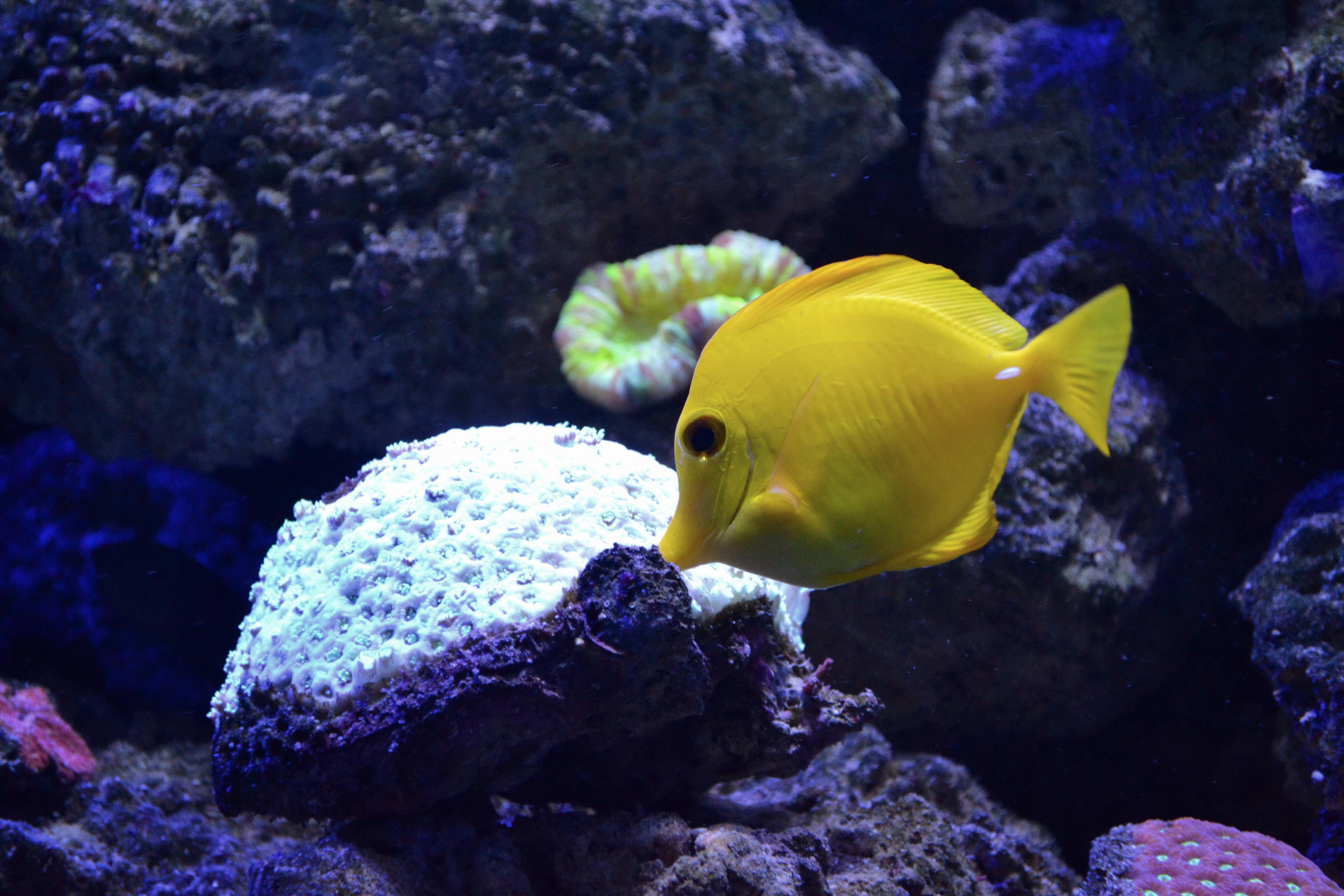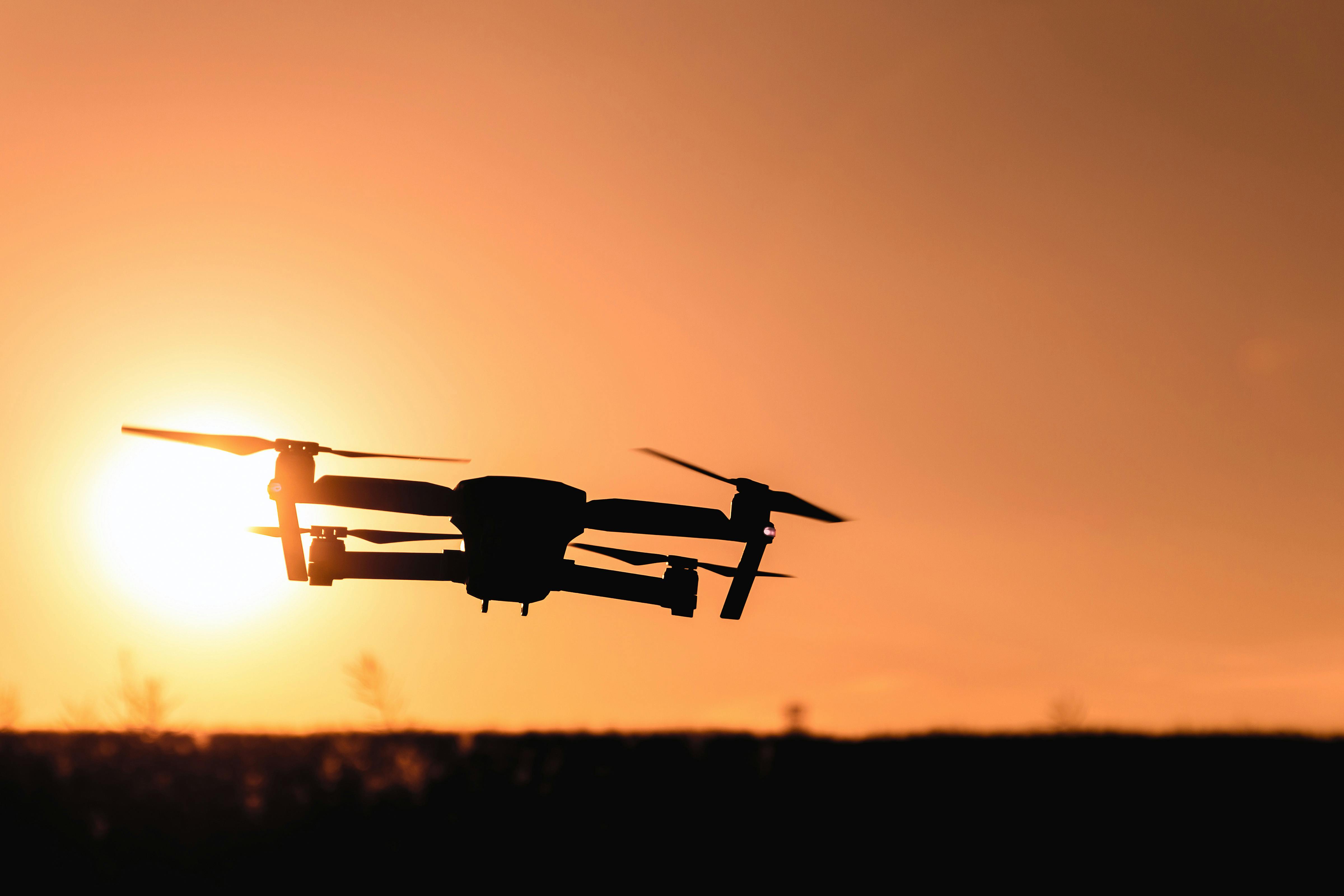Understanding the Fascinating World of Marine Pets: Seahorses
Seahorses, the little sea dragons of the marine world, are fascinating creatures. They are among the most captivating yet challenging marine pets to keep. This article delves into the world of seahorses, their care, and the latest updates in seahorse conservation.

Background and History
Seahorses belong to the family Syngnathidae, which also includes pipefish and sea dragons. The seahorse’s history dates back to about 13 million years ago. They are unique in many ways, from their upright swimming style to their male pregnancy, a rarity in the animal kingdom.
Despite their unique charm, seahorses are not common pets because of the intricacies involved in their care. However, the recent decade has seen a surge in hobbyists taking on the challenge.
Seahorses as Pets: The Current Trend
In the pet industry, seahorses are considered a specialty. They require specific tank conditions and a diet of live food, making them a pet for dedicated and experienced aquarists.
Interestingly, a recent trend has emerged in the pet market: captive-bred seahorses. These seahorses are better suited for life in an aquarium and help protect wild populations from over-collection. A captive-bred seahorse is priced anywhere between $100 to $250.
Conservation Updates
Seahorses are listed as vulnerable on the IUCN Red List, with populations decreasing due to habitat degradation and overfishing. Thankfully, initiatives like Project Seahorse are working to protect these delicate creatures through innovative conservation solutions.
The Intricacies of Seahorse Care
Caring for seahorses requires an understanding of their unique needs. Seahorses need a peaceful environment with slow water currents. They use their prehensile tails to cling to corals or seagrass, so providing plenty of hitching posts is crucial.
Seahorses are carnivorous and prefer live food. A diet of enriched brine shrimp, mysis shrimp, and other tiny crustaceans is essential for their survival.
The Impact of Seahorses in the Pet Trade
The pet trade has both positive and negative impacts on seahorses. On one hand, the demand for seahorses has led to the over-collection of wild specimens, threatening their survival. On the other hand, the pet trade has spurred advancements in captive breeding, reducing the reliance on wild populations.
Seahorses are not your average marine pet. They are a testament to the diversity of life in our oceans. Keeping a seahorse is a serious commitment but one that offers a rewarding and enriching experience. The key is to educate oneself about their specific needs and the impact of our choices on their wild counterparts. So, if you’re thinking about adding a little sea dragon to your aquarium, remember: with great beauty comes great responsibility.





